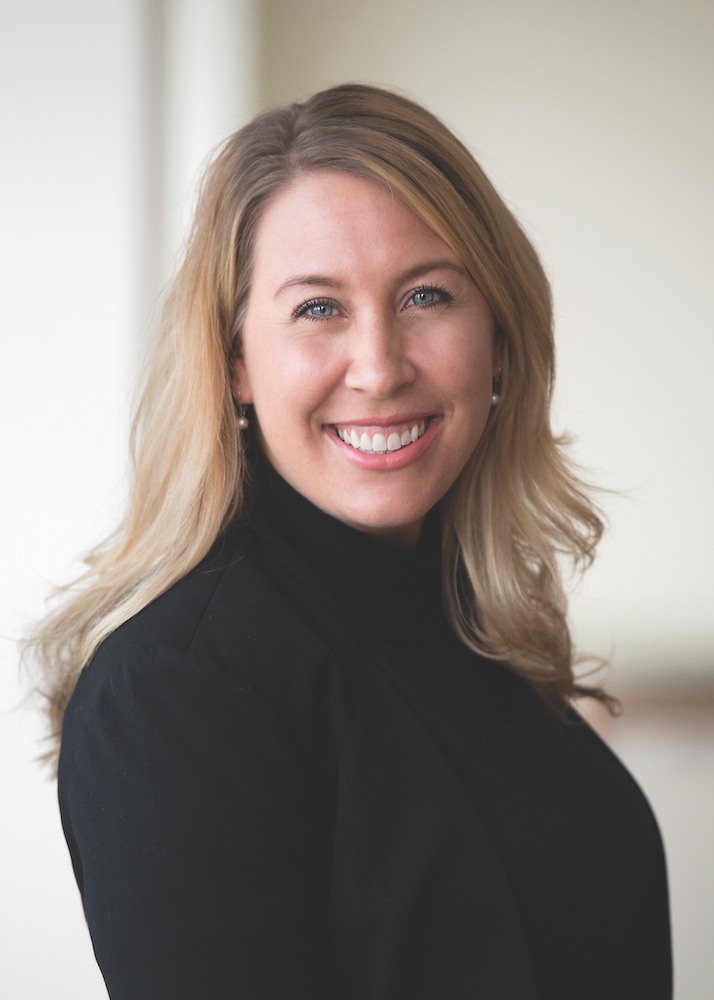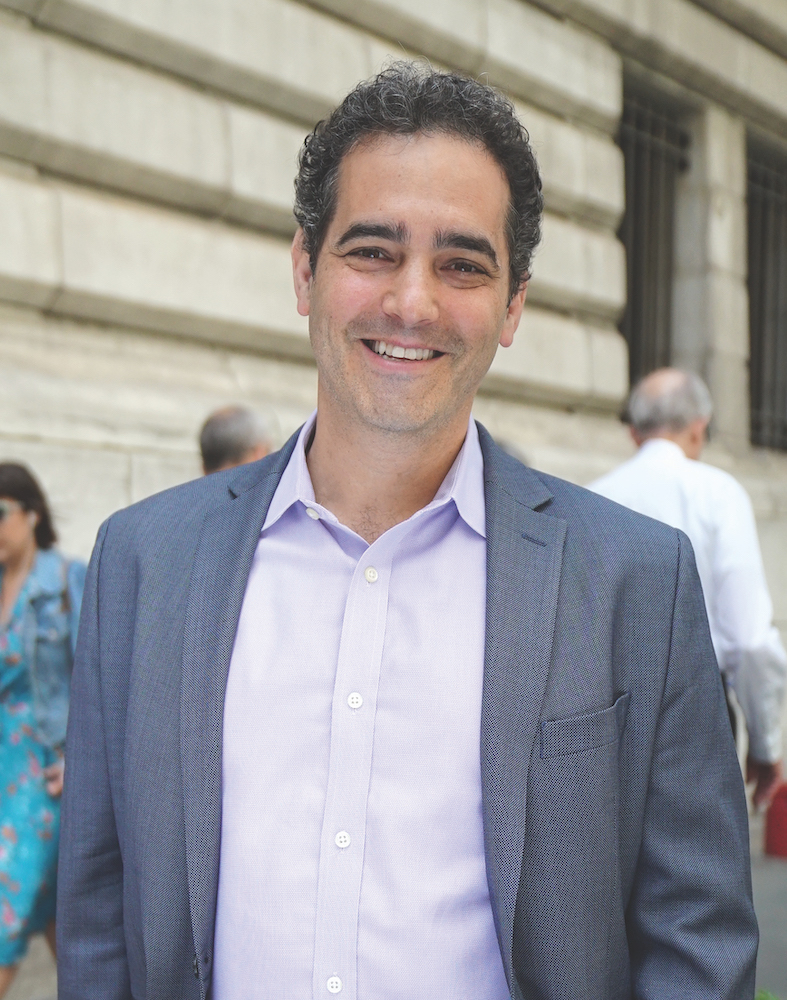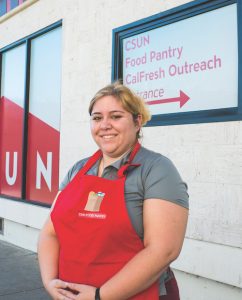The Behavioral Science Behind Charitable Giving
Jeff Kreisler: Head of Behavioral Science, J.P. Morgan Private Bank
Jamie Hackleman: Family Governance and Senior Philanthropy Advisor, J.P. Morgan Private Bank

With 16 people on four continents, the J.P. Morgan Philanthropy Centre team has deep and diverse expertise from the nonprofit world, business, government, and even the field of behavioral science.
“My purpose is to help both clients and advisors understand how emotion and psychology impact decision making so that ultimately our clients can make better decisions to reach their goals,” says Jeff Kreisler, the Private Bank’s head of behavioral science, who works on both investment and philanthropy strategies. A lawyer turned comedian turned best selling author and thought leader in behavioral science, says his work “isn’t therapy, but it’s laying out the types of questions clients need to answer” to define a path and remove behavioral obstacles in their way.
Broadly speaking, Americans are generous. In 2021, U.S. charities received a record $485 billion in donations, two-thirds of which came from individuals, according to Giving USA. Six out of 10 American households give to charity in some capacity. Among affluent households, the figure rises to nine out of 10.
With nearly two million registered nonprofits in the U.S., defining parameters can be daunting. Give locally, nationally, globally? Make larger donations to fewer nonprofits or cast a wide net? Just write checks or actively participate, perhaps by joining the board of a beneficiary organization? Set up a donor-advised fund or a family foundation?
Other choices pose challenges, too. Consider that there are about 6,300 stocks traded on the New York Stock Exchange and Nasdaq, 7,500 U.S.-listed mutual funds, and 2,900 exchange-traded funds. Even with Treasury, municipal, and corporate bonds, derivatives, hedge funds, and private equity funds added to the mix, the number of investment options pales compared to the nearly two million registered nonprofits in the U.S.

Instead of “peanut butter philanthropy, where giving is spread thin across different issues and causes, we work with clients to narrow their focus and get more strategic and proactive to make it easier to construct a grant-making portfolio,” says Jamie Hackleman, executive director and senior philanthropy advisor who oversees the Centre’s operations for the West region.
It starts with coaxing clients to clarify and articulate their goals. “Jeff [Kreisler] and I have been teaming up on a lot of conversations around the purpose of wealth, exploring clients’ motivations, values, and interests to understand why they want to engage in philanthropy, what they want to accomplish,” Hackleman says.
Next, they help donors assess nonprofits. Hackleman says she often hears clients say, “I don’t have any sense of what my money has done.” Centre advisors coach clients on how to conduct due diligence and streamline the process by screening funding opportunities themselves and arranging site visits, so clients can determine whether a nonprofit aligns with their values and impact goals.
“One of the biggest challenges in philanthropy is how to measure impact, especially for issues like homelessness or the environment,” Kreisler says. “That’s why we make such an effort to help clients think about their goals and identity. Part of the motivation to give is intrinsic – a sense of purpose that enables you to feel rewarded even if you don’t see carbon-dioxide emissions go down or something else that is numerically measurable.”
Case in point: Hackleman, who previously worked at the Gates Foundation and the family office of Microsoft co-founder Paul Allen, helped a Private Bank client find a meaningful way into climate change after years of unsatisfying support for conservation efforts in Africa. The Philanthropy Centre researched several climate mitigation strategies and gave the report to the client, who, having just finished an eco-friendly remodel of her home, embraced building efficiency as her cause and is funding organizations across the U.S.
“It was a perfect sweet spot of relevance to her own life and her desire to make a difference in the climate space,” Hackleman says. For Kreisler, the behavioral scientist, the example shows the motivating value of “completion bias,” breaking down a big problem into small, achievable goals. That the client also had personal knowledge of the green technology “gave her a feeling that she wasn’t just writing a check but was bringing her whole self, and that provides rewards and satisfaction that can help donors get over the hurdles to giving,” he says.
